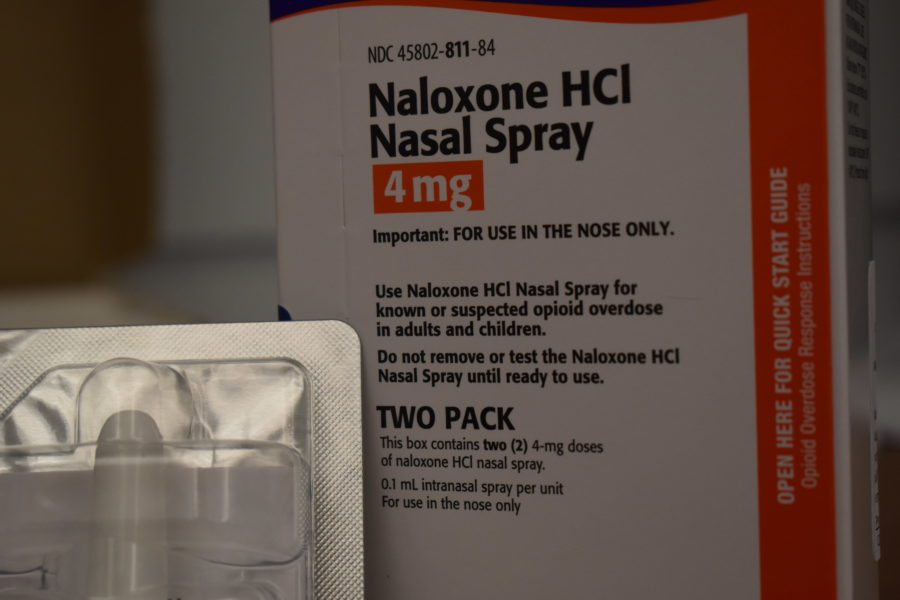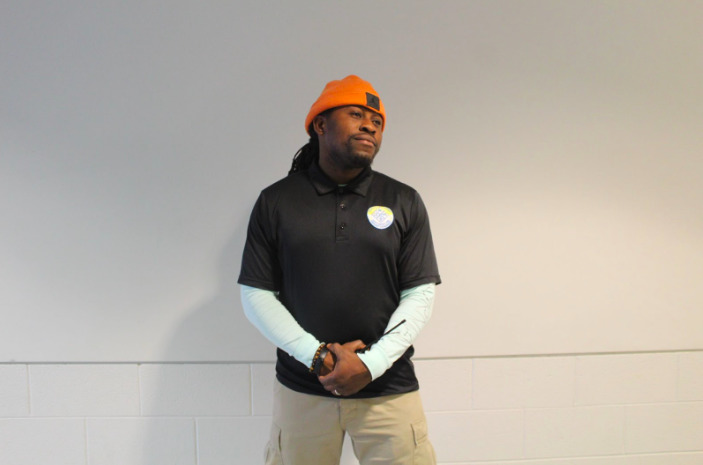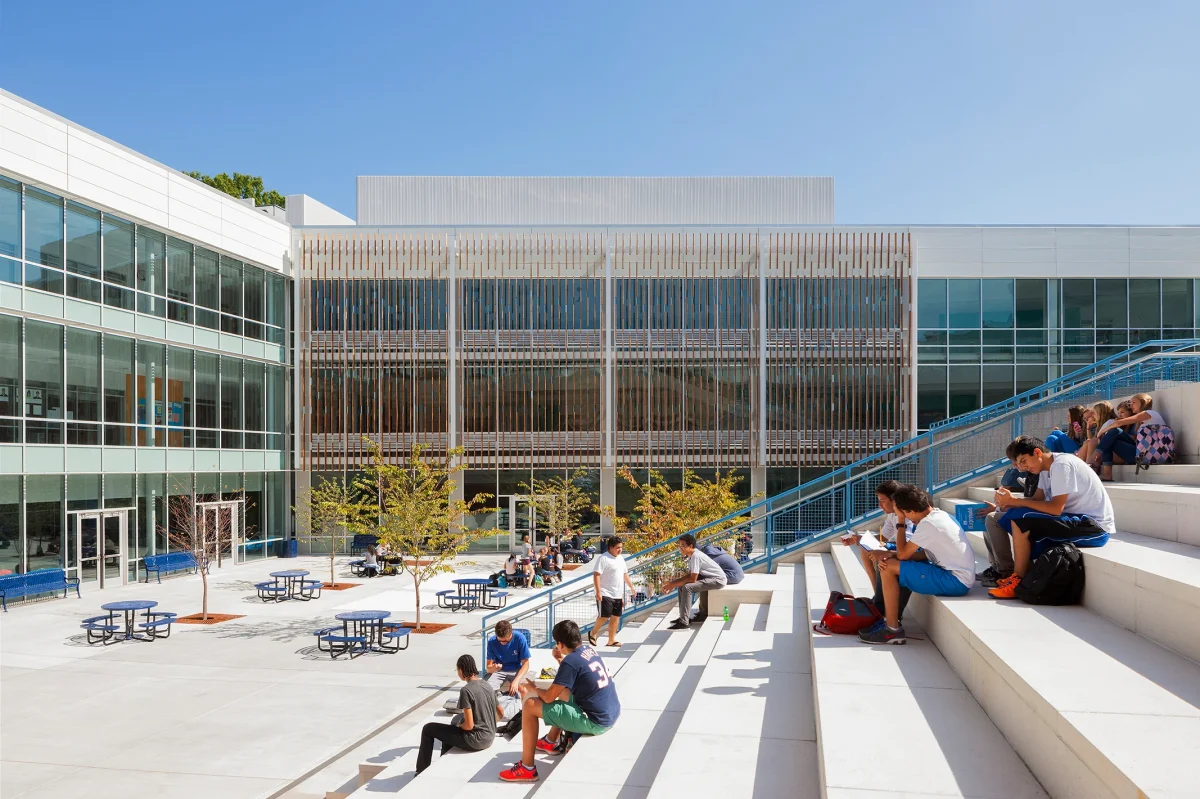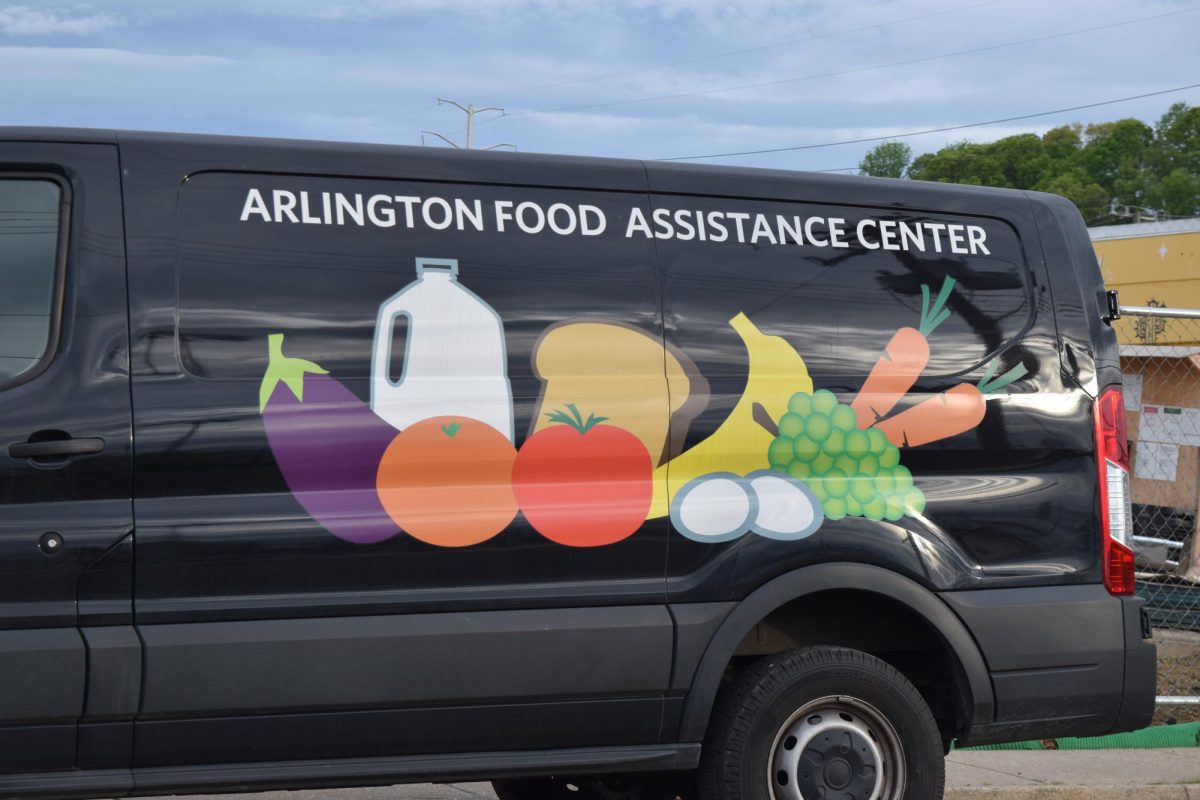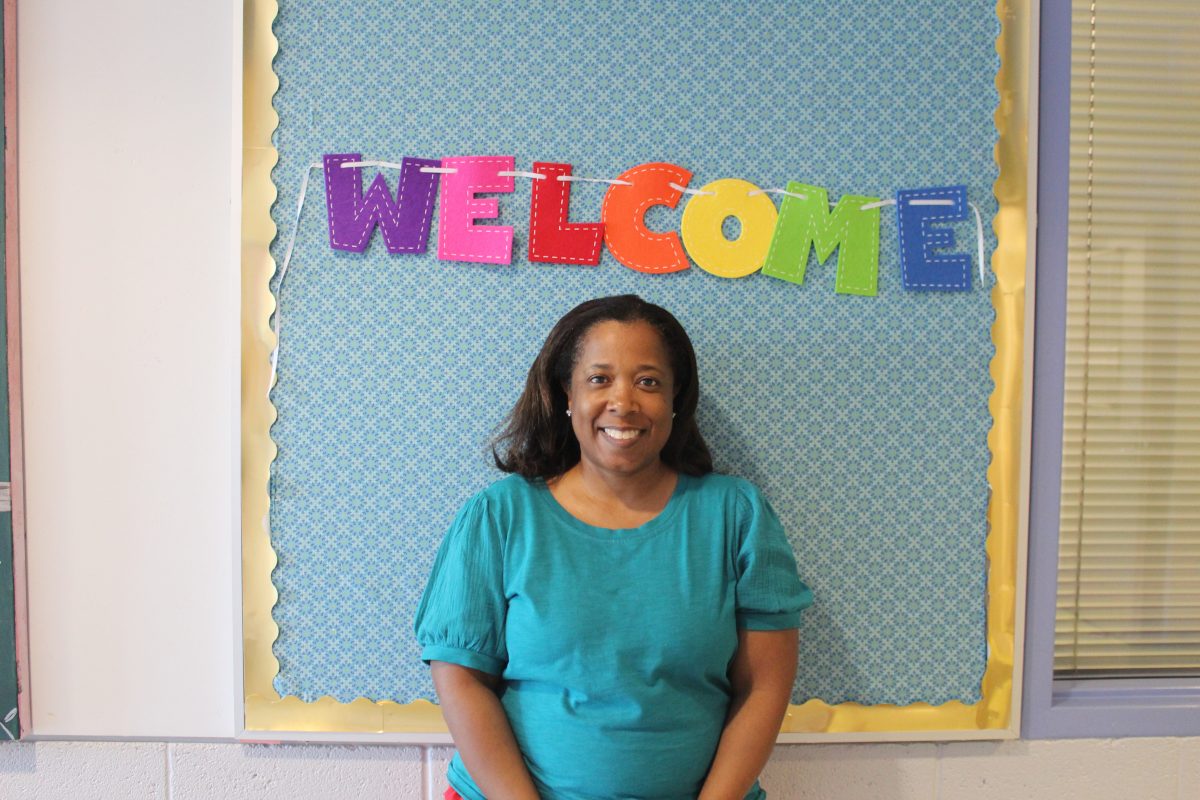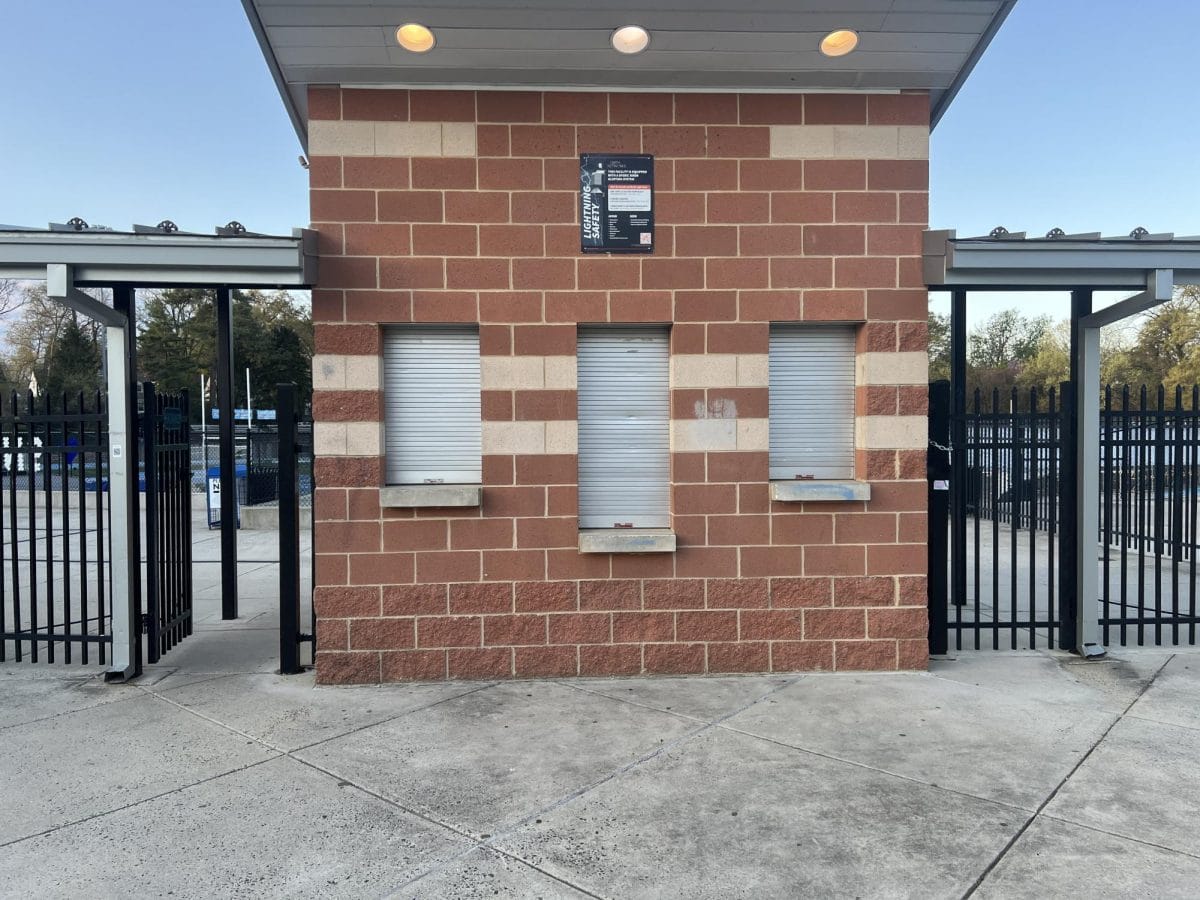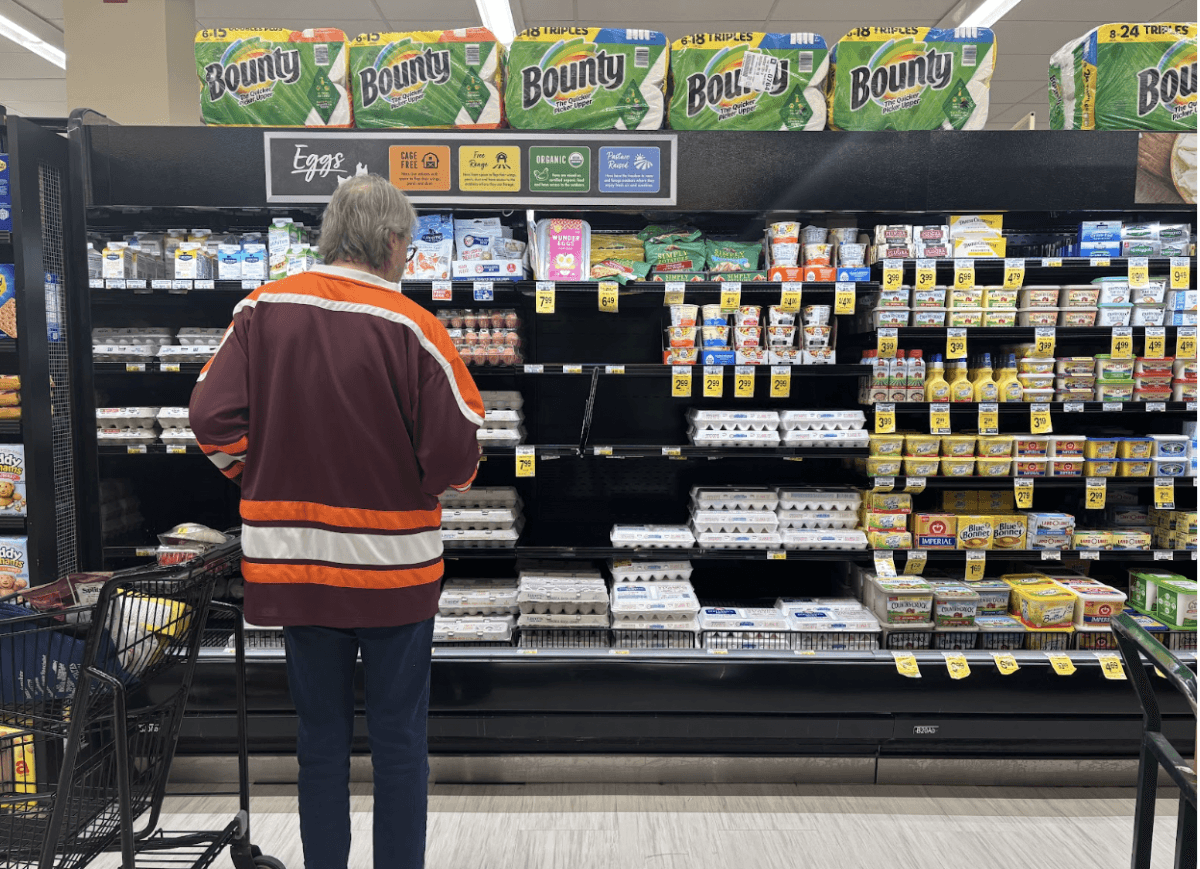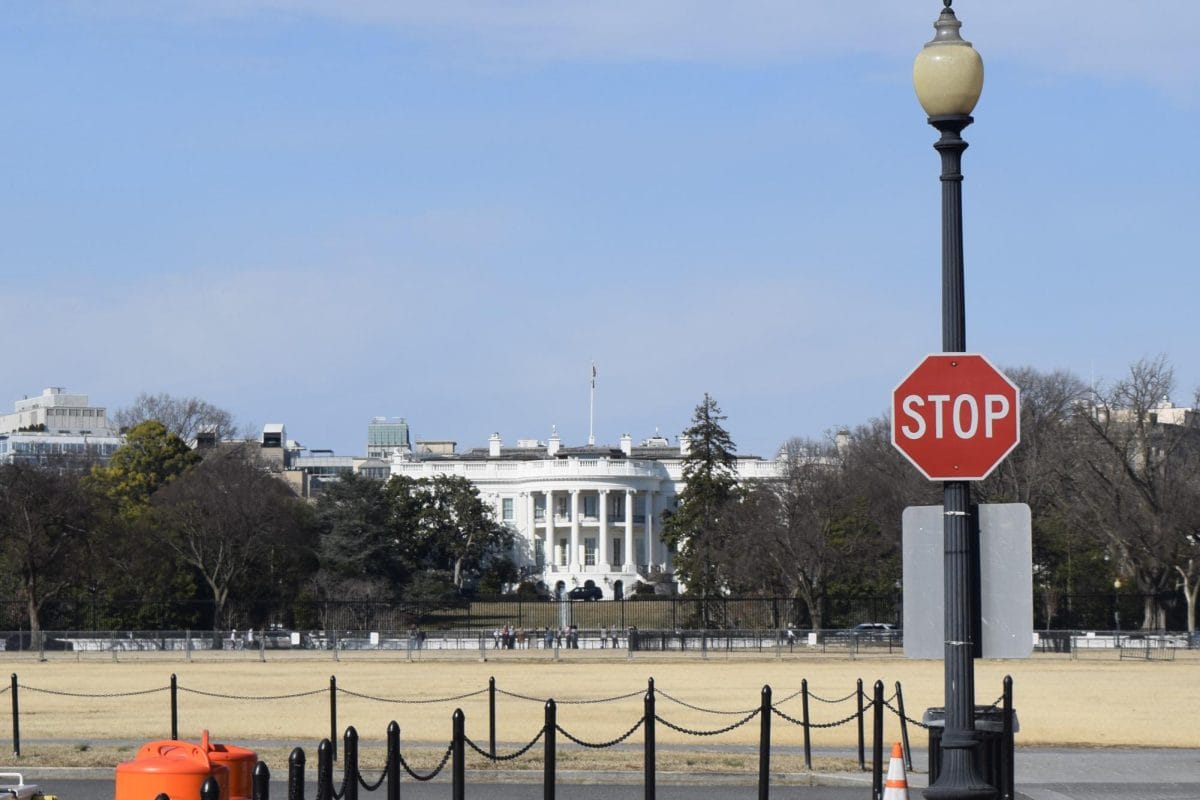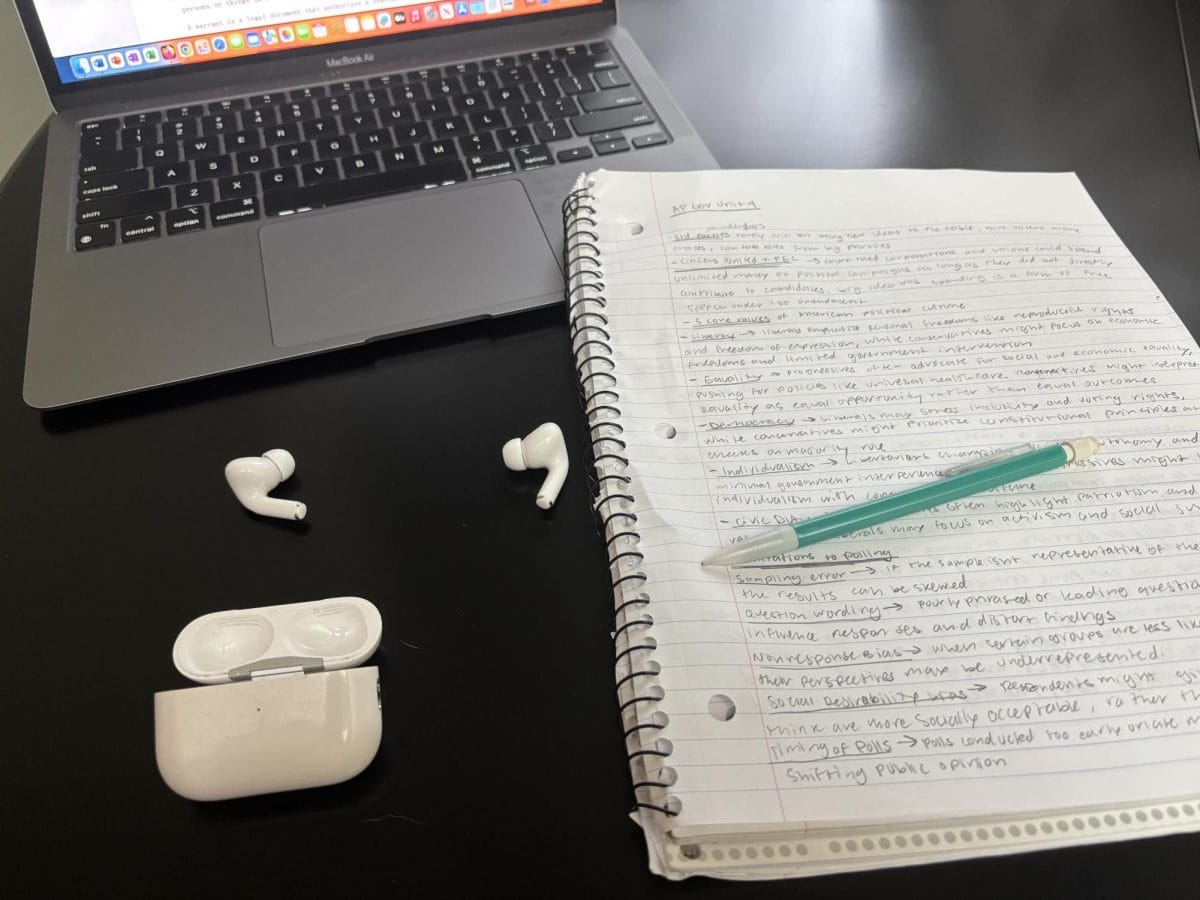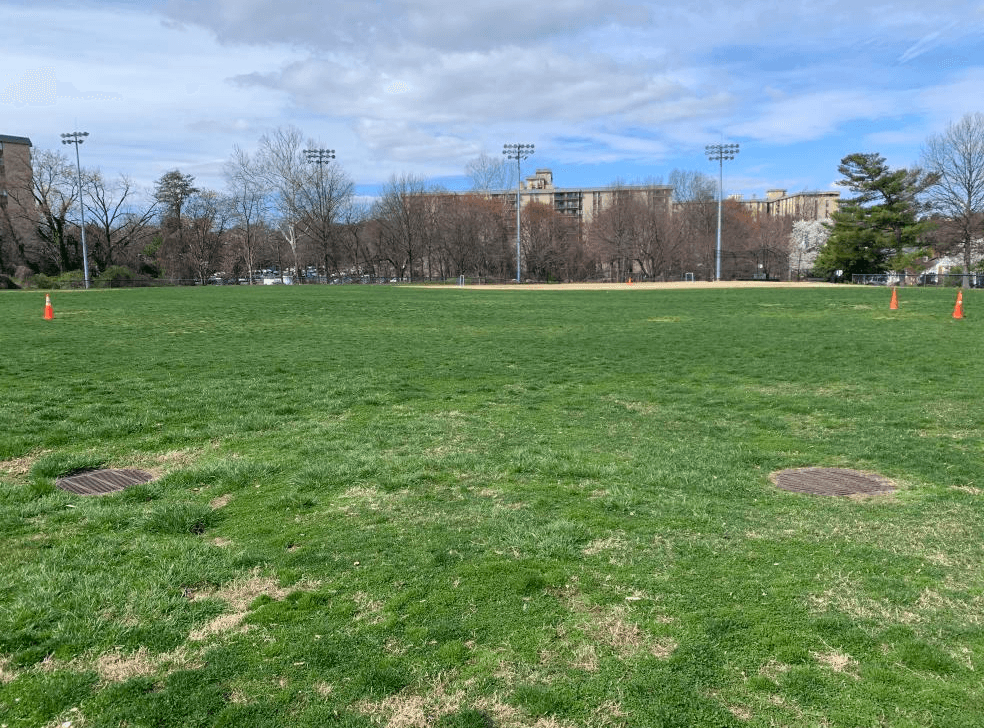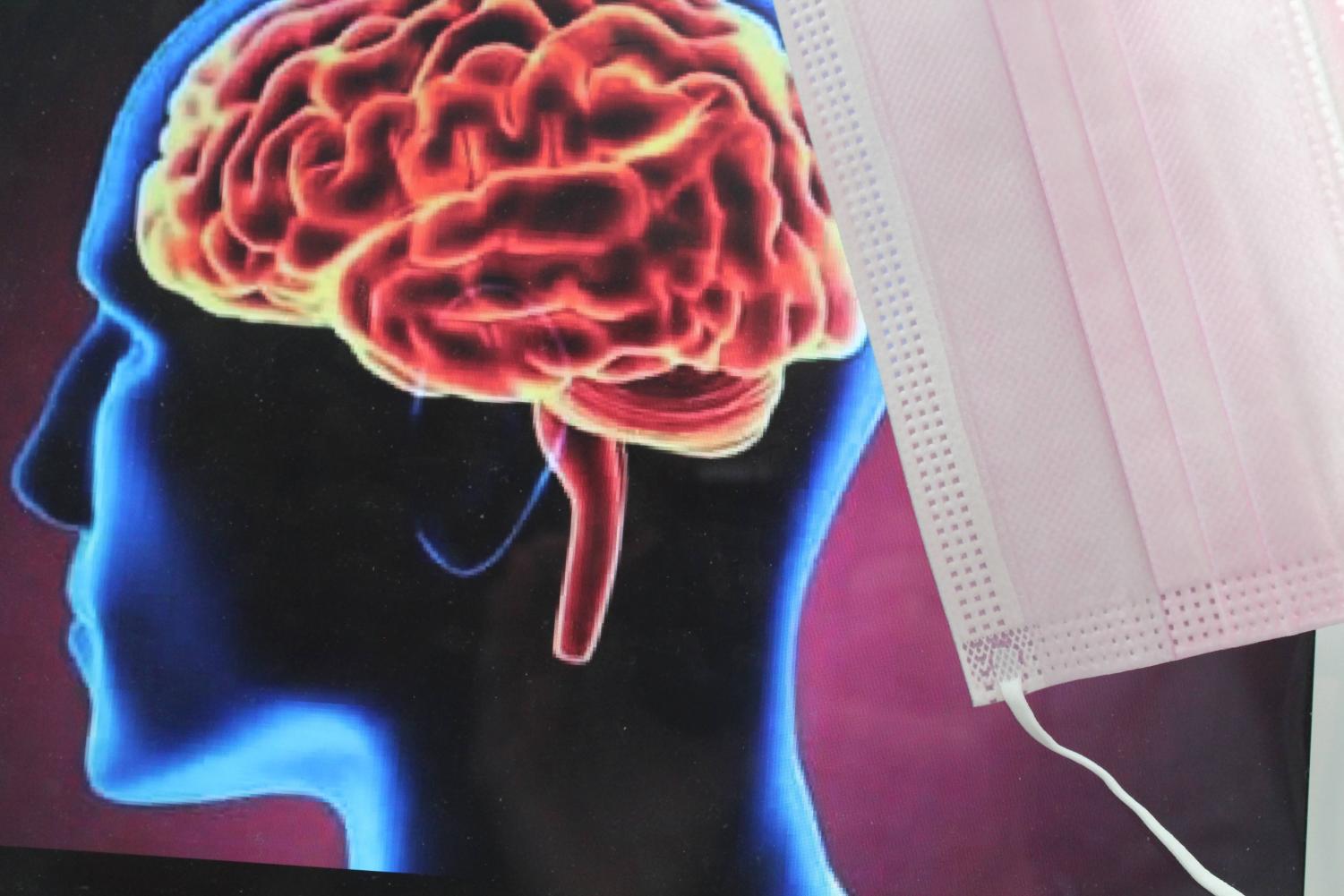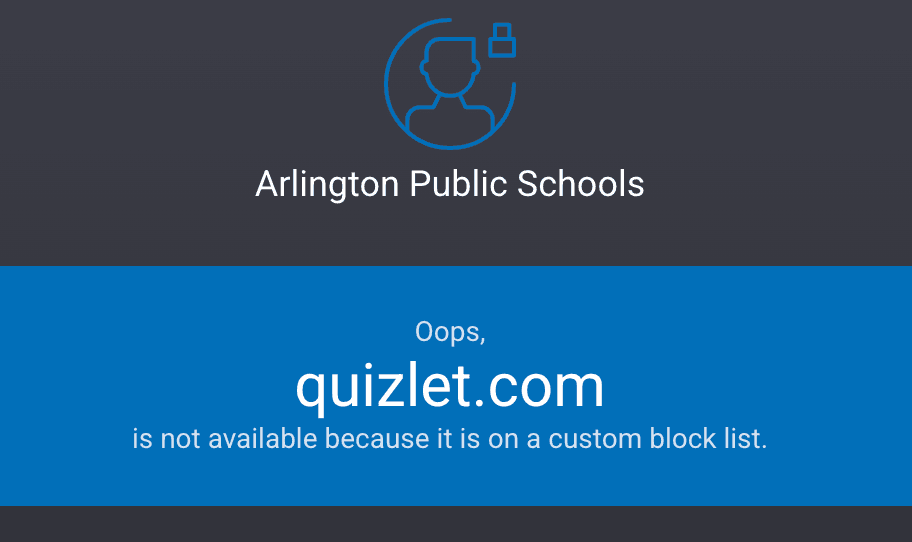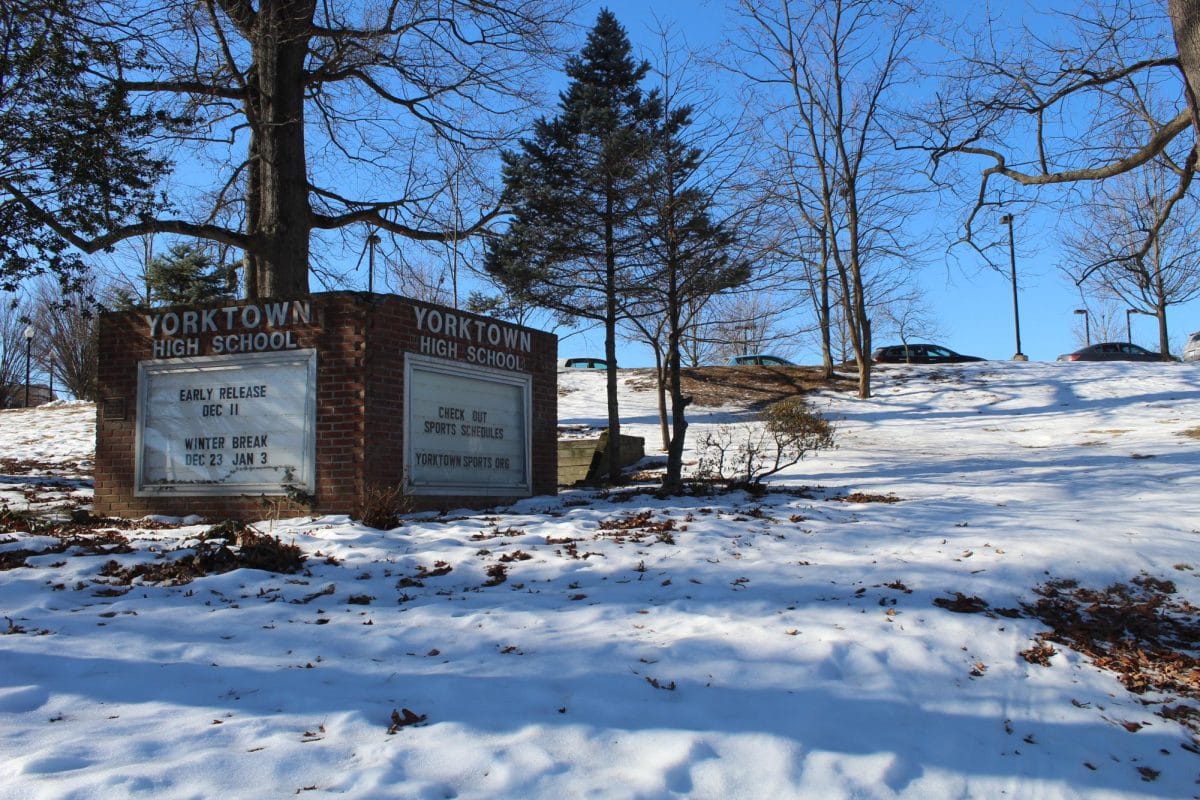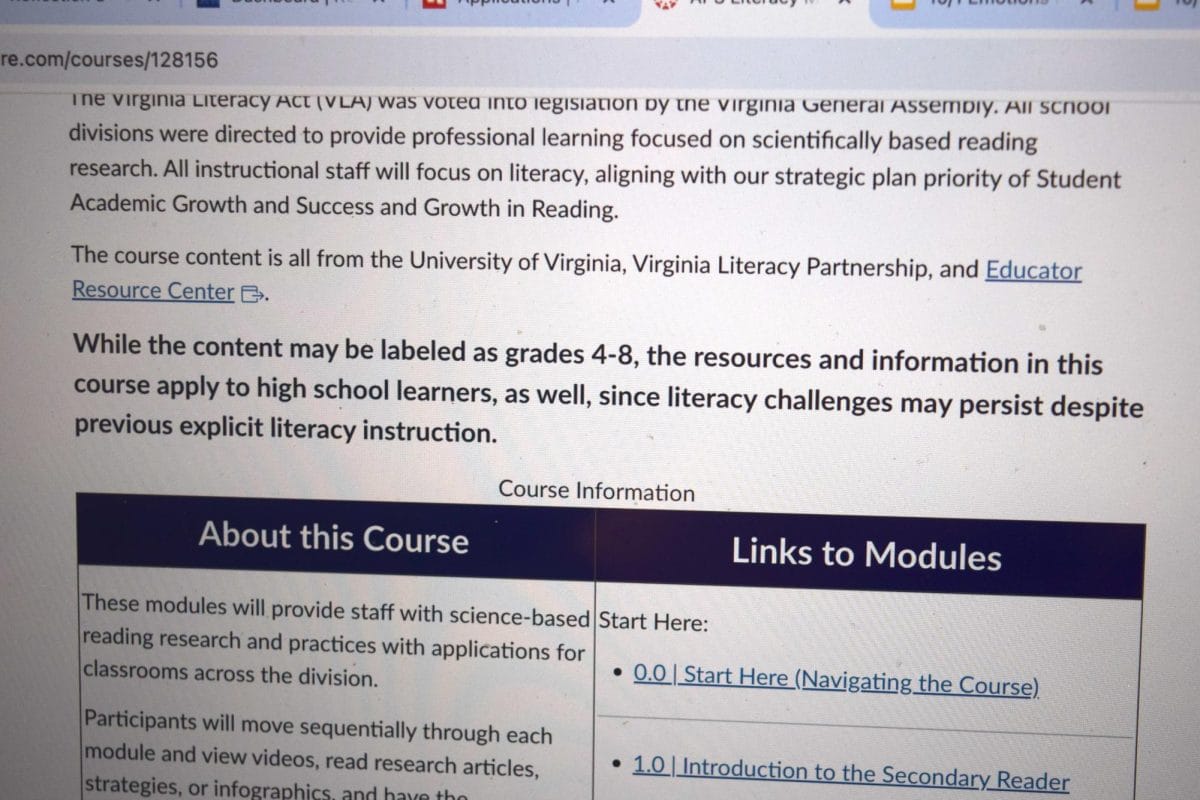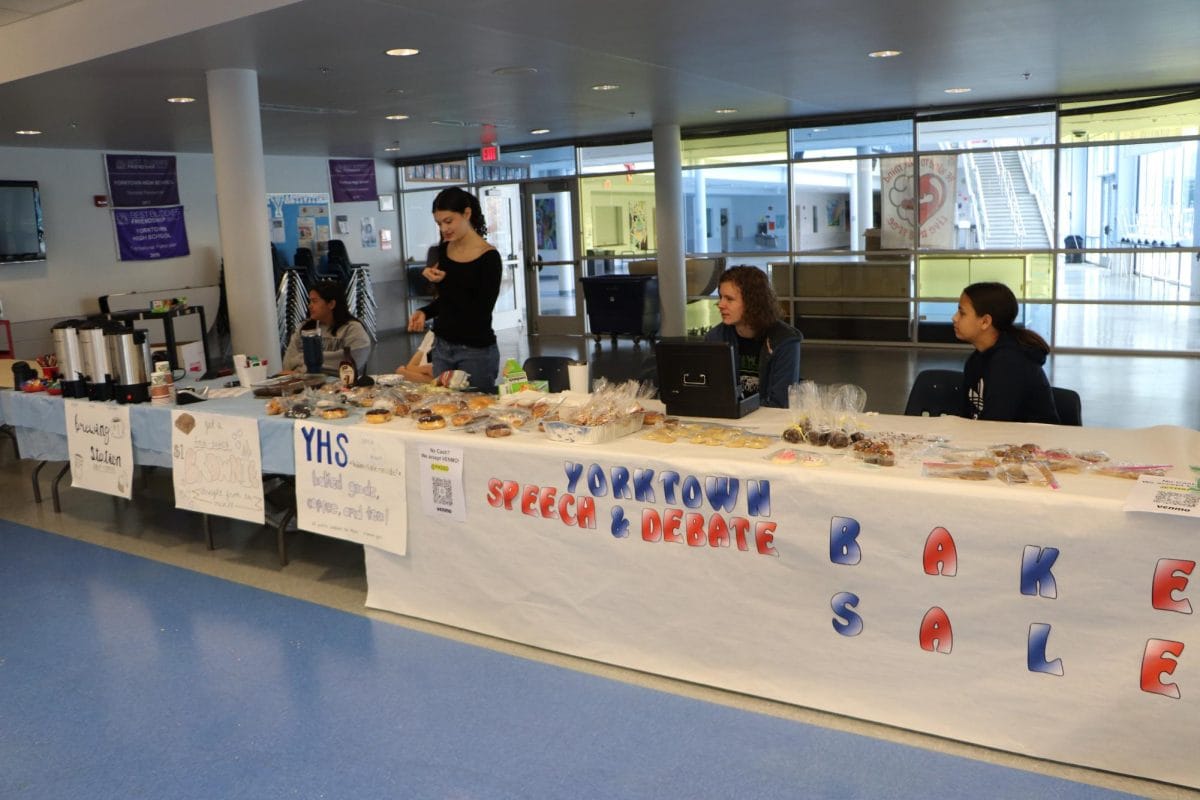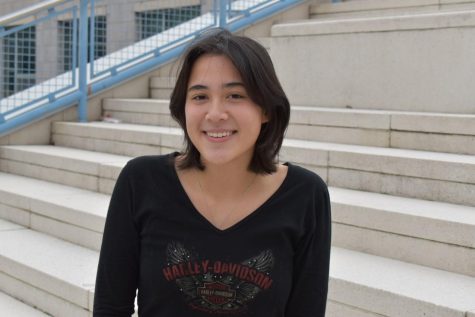While the devastating death toll caused by COVID-19 has taken over news headlines, indirect impacts of the pandemic are being found elsewhere. One of these less talked about repercussions is the rise in mental health issues. The Centers for Disease Control and Prevention (CDC) teamed up with the United States Census Bureau to conduct a survey that discovered the percentage of adults with recent symptoms of anxiety or a depressive disorder increased from 36.4% to 41.5% between August 2020 and February 2021.
It is apparent that this development is not limited to adults as our school gets a first-hand look at this increase. Whether it be students, parents or teachers, counselors and psychologists at our school reported a surge in the number of people reaching out to them following the lockdown that arose due to COVID-19.
“Last year, when we were shut down, it was pretty constant. Almost daily we would get contacted because parents and staff were very concerned about some of the students’ well-being,” School Psychologist Bethany Banal said.
“Since we’ve been back in the building, I have seen more students with more social anxieties and even other mental health issues … that were not prevalent before we went into virtual schooling,” Counselor Danielle Dessaso said.
The root of this escalation covers a wide spectrum, but the source most commonly highlighted is social isolation.
“When you think about being stuck in a house, or just the way that everything changed, things were no longer normal and people had to regroup and learn a new way of dealing with things. For some people that has been a little harder,” Dessaso said.
Not only did the confinement lead to more problems, but it also meant less of a support system to deal with the effects.
“There was a period of time where we really couldn’t see anyone, like any of our friends.… Friends are who [teenagers] go to first for support when they are having any sort of mental health issues,” senior Daniel Isman said.
Another way teenagers specifically were targeted was through the interruption in adolescence. A lack of normalcy in this vital period of growth generated more adversity and uncertainty, as the disease was foreign to everyone.
“Not only did we see the physical isolation, but now also trying to readjust into coming back to the building and being around people…. Our generation didn’t have to do that. We didn’t have to pivot so much,” School Psychologist Solange Caovan-Hornbake said.
Given the spike in mental illness, a chain reaction of need for support followed. In that same survey comparing mental health in August of 2020 to that of February of 2021, it was concluded the percentage of those reporting an unmet mental health care need increased from 9.2% to 11.7%. Our school is attempting to close this gap by providing students with necessary resources. One of the most advantageous and accessible resources available is the counselors.
“My role as a Yorktown counselor is to be an advocate for students and to kind of be the bridgeway between students, parents and teachers. I do work with students on academic aspects, like if they’re struggling in a class, but I also work with students on social emotional aspects….All the counselors do a good job with building relationships with the kids that do come in and visit us,” Dessaso said.
The next level of aid would be our school’s psychologist. Caovan-Hornbake describes her job as many-faceted.
“One of our main tasks is to do assessments for special education and sometimes for 504s. We do lots of consultations with staff and families and check-ins with students and counseling too, to make sure that students are feeling comfortable. We try to be really welcoming and understanding and not push students to talk about things they’re not ready to talk about,” Caovan-Hornbake said.
For students less comfortable around faculty, our school also has a student-led club, Our Minds Matter, that aims to create a safe space for high schoolers in need of one. Isman, one of the club’s leaders, describes the club’s environment and objectives.
“It’s a chill place to have conversations about what we can be doing to improve our own mental health and other people’s mental health, and talk about how we can reduce the stigma around it, learn about it and be educated about it,” Isman said.
Although there are a plentiful amount of available resources, faculty and students alike believe there is room for improvement. Isman wishes the school would not attempt to squeeze this larger issue into forced advisory patriot periods while Banal wishes for students to get more individual attention. Both of these ideas would be supported by a proposal the counseling department is considering.
“[The counseling department] has talked about how we can engage [the student body]. In the beginning of the year we sat out in the atrium all day. All of us really liked that and so we were talking about trying to get out there once or twice a week,” Dessaso said.
On top of innovative ideas, the psychologists and counselors also came up with advice for how teachers can handle the uprising in mental illness. Caovan-Hornbake recommends keeping an eye out for students who may seem stressed to a higher degree, and Banal suggests normalizing the commonality of stress in order for students to feel less alone. Dessaso advises to keep in mind that we don’t know what people have lost: family members, jobs, healthy mental state, etc. She encourages everyone to consider this and, in turn, give more grace all around.








